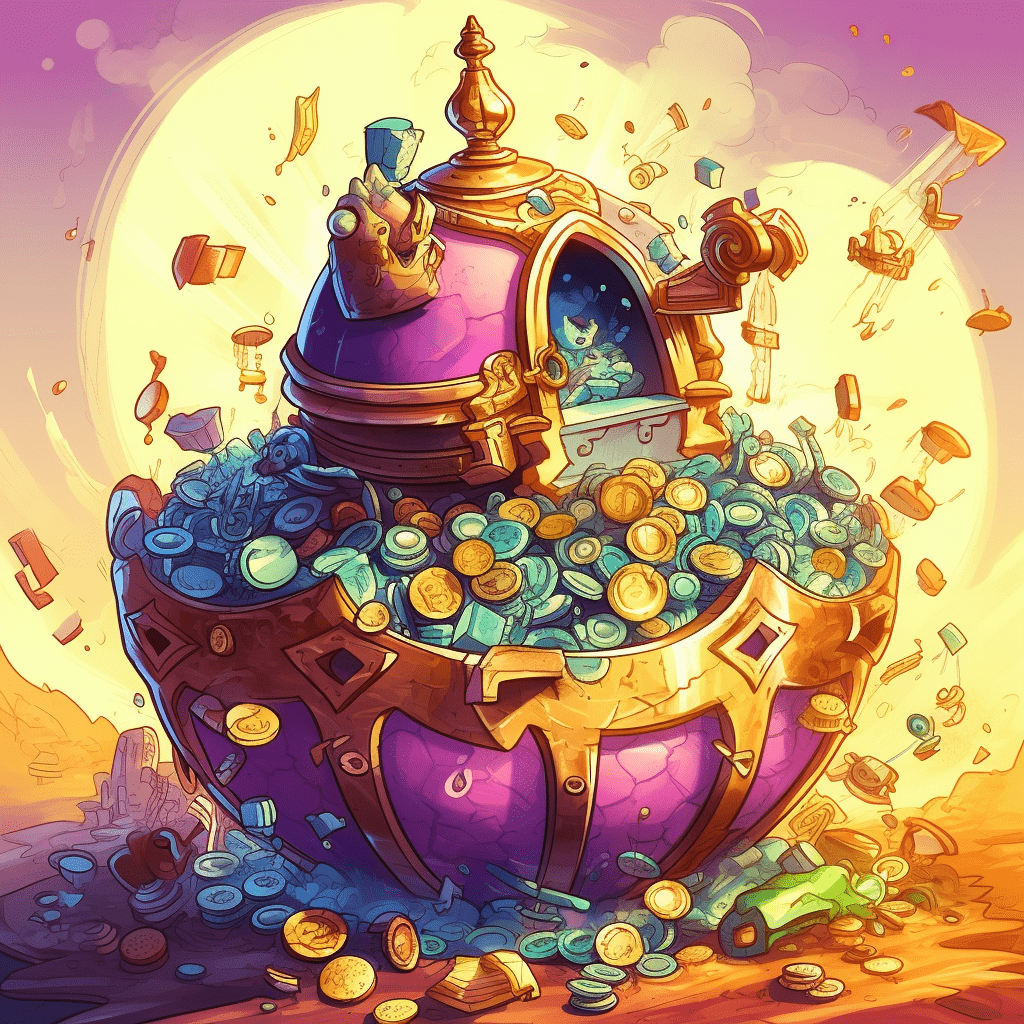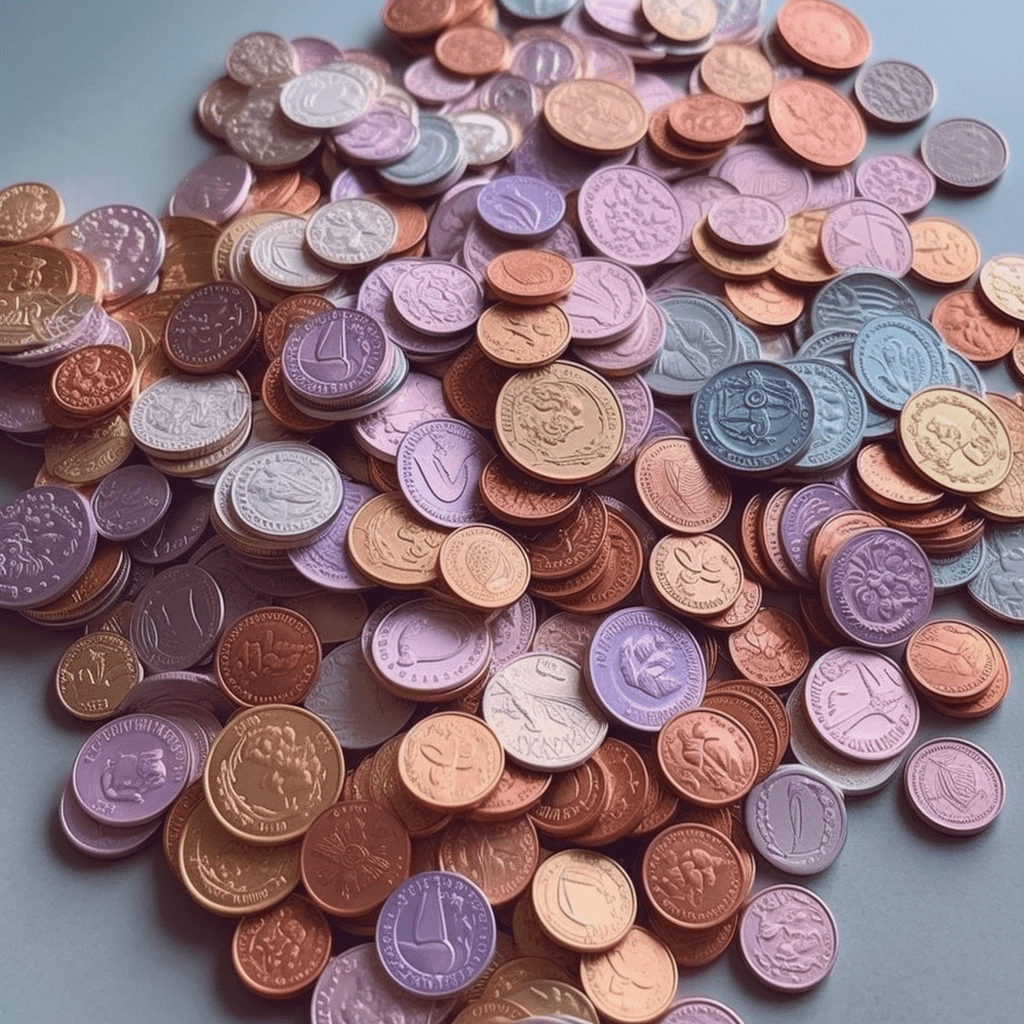Non-fungible tokens, or NFTs, have revolutionized the art and collectibles market by providing a unique, secure, and immutable way to prove ownership of a digital asset. At the heart of this technological revolution lies the ERC721a contract, a variant of the original ERC721 contract that powers the Ethereum-based NFTs.
This article is designed to guide you on how to customize an ERC721a contract for your NFT collection, enabling you to tap into the vast opportunities of the digital collectibles market. Let’s dive in.

Understanding the Basics of the ERC721a Contract
Before we proceed to customization, it is important to understand what an ERC721a contract is and how it works. ERC721a, like its predecessor ERC721, is an Ethereum contract standard specifically designed for creating non-fungible tokens.
The “a” in ERC721a refers to an array structure that allows for an optimized enumeration function. In simple terms, it allows you to easily list all the tokens owned by a specific address. This array structure is crucial when dealing with large collections of NFTs, where efficient enumeration is key.
Setting the Stage: Preparing Your Development Environment
Before you can start customizing your ERC721a contract, you need to set up your development environment. This usually involves installing Node.js and npm (Node Package Manager), as well as the Truffle framework, which simplifies contract development and testing on Ethereum.
Once you have these in place, you will also need to install OpenZeppelin contracts library, an open-source resource offering secure, standard, and audited contract templates, including the ERC721a contract.
Creating Your Basic ERC721a Contract
After setting up your environment, the next step is creating your basic ERC721a contract. Using OpenZeppelin’s contracts library, you can easily create an ERC721a contract in Solidity, the programming language used for writing smart contracts on Ethereum.
In the contract, you will specify details such as the name of the token and its symbol. You also define functions to mint new tokens and transfer them between addresses. At this point, your contract is fully functional but lacks any unique customization for your specific NFT collection.
Customizing the Contract for Your NFT Collection

Now we get to the fun part – customizing your contract for your NFT collection. Customizing your contract involves adding features and functionalities that are unique to your collection. This can range from defining unique metadata for your tokens, implementing royalty features, adding special access features for token holders, and so on.
One crucial aspect of customization is defining token metadata. Metadata, in the context of NFTs, is the information that gives your token its characteristics. This can include details such as name, description, image, and any other attributes that make your NFT unique. You can store this metadata on-chain within the smart contract, or off-chain in a decentralized file storage system like IPFS.
Another popular customization is implementing a royalties system. Royalties allow original creators to earn a percentage of sales whenever their token is sold to a new owner. This feature is especially useful for artists and creators, as it ensures they continue to earn from their work even after the initial sale.
Testing and Deployment
After you have customized your ERC721a contract to your satisfaction, the next crucial steps are testing and deployment. Testing involves creating test cases to ensure that your contract functions as expected. Truffle makes it easy to write and run these tests.
Once your contract passes all tests, you’re ready to deploy it to the Ethereum network. This is usually done in stages, starting with a test network like Rinkeby or Ropsten, before finally deploying to the Ethereum
mainnet.
Conclusion: Harnessing the Power of ERC721a for Your Collection

The world of NFTs is rapidly expanding, and understanding how to utilize and customize ERC721a contracts is instrumental in creating unique and engaging digital collections. As you venture into this exciting realm, remember that the power of ERC721a extends beyond simple ownership records. It’s a tool that allows you to establish complex relationships between the token and its holder, encode rules for asset interchange, and create an immutable history of interactions.
By understanding the underlying structure of the ERC721a contract and leveraging its potential, you’re not just issuing NFTs—you’re crafting an immersive digital experience that can expand your audience, create deeper engagement, and open new streams of value in the blockchain ecosystem.
